Picture this: you’re reaching for a cozy sweater in your closet on a chilly October morning, and suddenly a lightning-fast, silvery creature darts across your peripheral vision. Your heart skips a beat as you catch a glimpse of what looks like a tiny alien sprinting behind your winter boots. Welcome to your first encounter with a silverfish – nature’s most misunderstood cold-weather companion.
These peculiar insects seem to materialize from thin air the moment temperatures drop, leading many homeowners to believe they’re seasonal invaders. But the truth behind their mysterious cold-weather appearances is far more fascinating than you might imagine. The relationship between silverfish and cold months isn’t about invasion at all – it’s about survival, adaptation, and a complex dance with environmental conditions that has been perfected over millions of years.
The Great Indoor Migration Mystery

When autumn arrives and outdoor temperatures begin their steady descent, silverfish don’t simply appear out of nowhere – they’ve been living alongside us all year long. These nocturnal creatures are masters of stealth, spending their warm-weather months hidden in the deepest recesses of our homes where we rarely venture. Think of them as permanent residents who’ve been quietly going about their business in your basement, attic, or behind bathroom tiles.
The reason you suddenly notice them during colder months has everything to do with their survival instincts kicking into high gear. As outdoor conditions become harsh and indoor heating systems create specific microclimates, silverfish are forced to venture into more visible areas of your home in search of their basic needs. It’s not that they’re moving in for winter – they’re simply becoming more active and visible as they navigate the changing environment.
Temperature: The Ultimate Silverfish Motivator
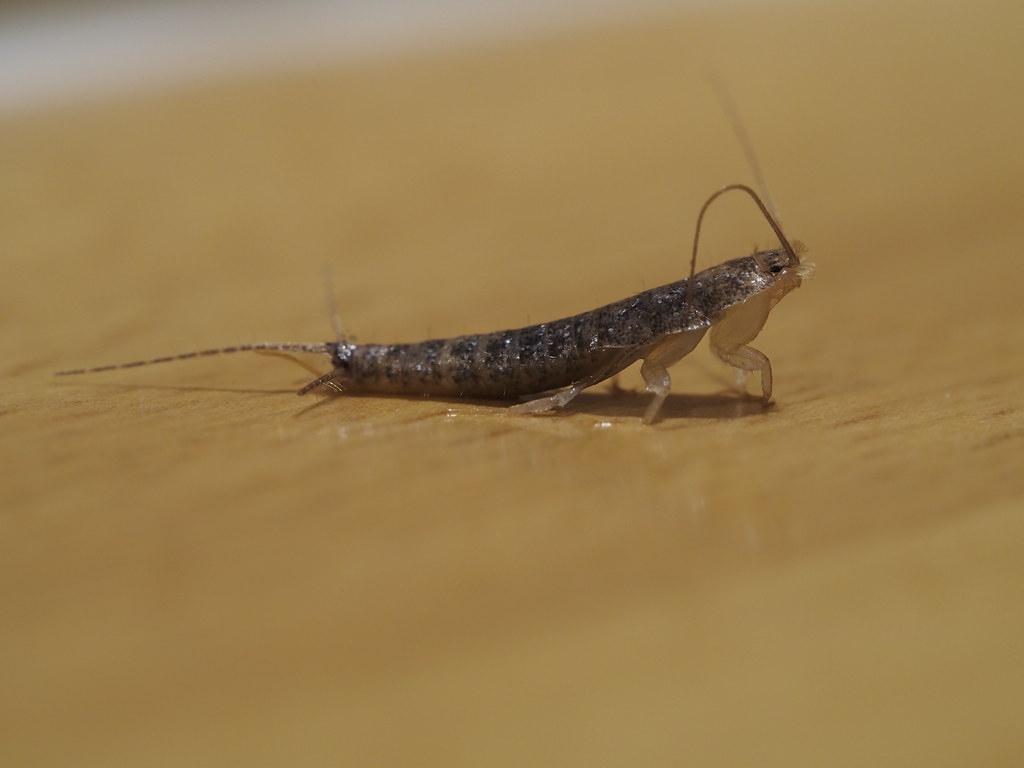
Silverfish are remarkably sensitive to temperature fluctuations, and their ideal comfort zone sits between 70-80°F with humidity levels around 75-95%. When cold weather strikes, the temperature gradients in your home create a complex map of hot and cold zones that these insects must navigate strategically. They’re essentially following invisible highways of warmth throughout your house.
During winter months, areas near heating vents, water heaters, and frequently used rooms become prime real estate for silverfish. These temperature-seeking behaviors explain why you might spot them scurrying across your bathroom floor after a hot shower or discover them near your furnace room. They’re not randomly wandering – they’re following a sophisticated internal GPS system tuned to heat sources.
The contrast between cold outdoor temperatures and warm indoor environments creates an irresistible magnetic pull for these creatures. Think of it like moths to a flame, except silverfish are drawn to the complex thermal landscape of your heated home rather than a single light source.
Humidity Hunters in Heated Homes
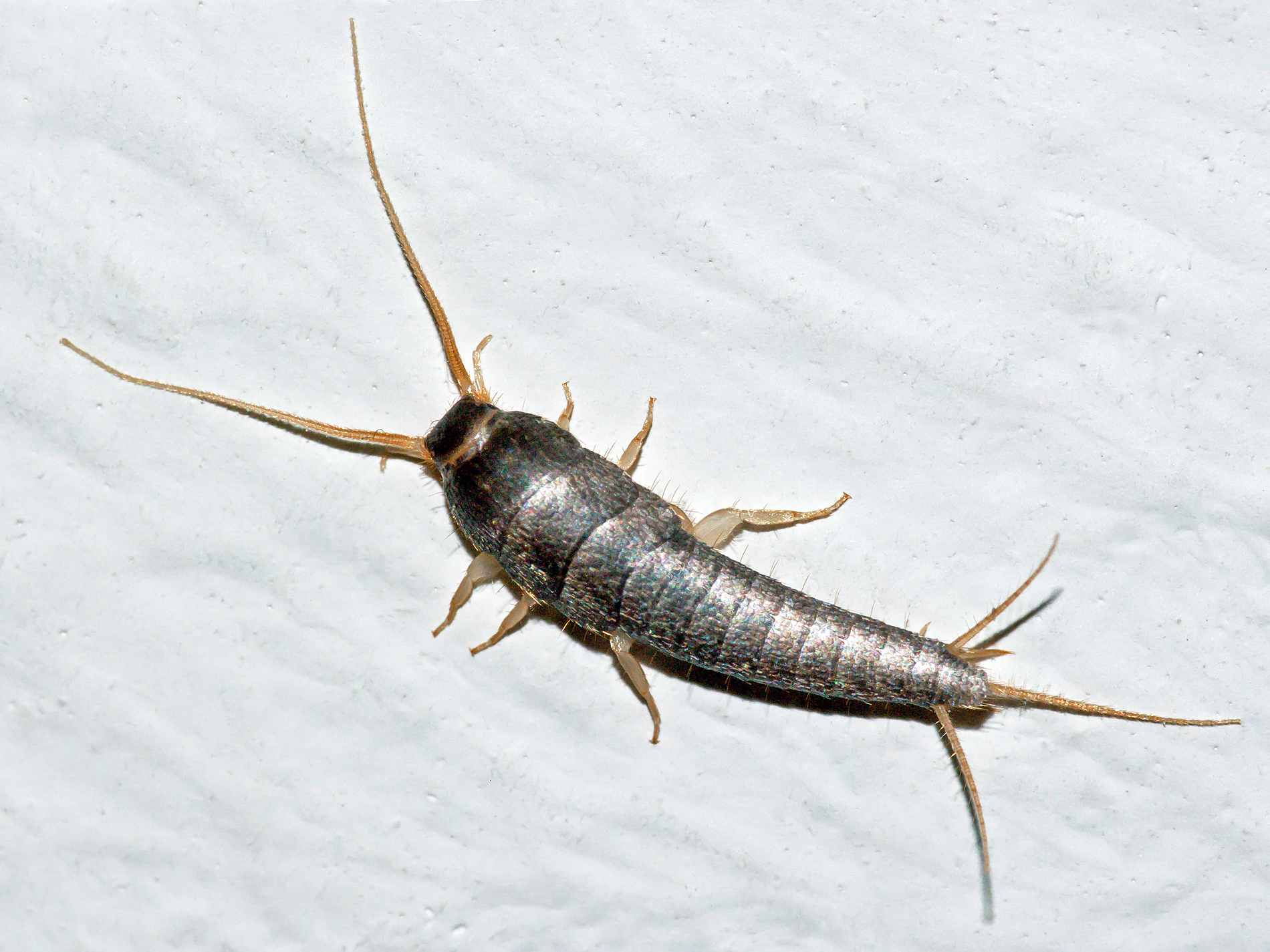
Winter heating systems wreak havoc on indoor humidity levels, creating a paradox that silverfish must constantly navigate. While these insects absolutely require high moisture levels to survive, the dry air produced by furnaces and heaters forces them to become more adventurous in their quest for water sources. This desperation for humidity drives them out of their usual hiding spots and into areas where humans are more likely to encounter them.
Bathrooms become silverfish superhighways during cold months because they offer the perfect combination of warmth and moisture. The steam from hot showers creates temporary humidity spikes that these insects can detect from surprising distances. Similarly, laundry rooms, kitchens, and areas around houseplants become major attraction points for moisture-seeking silverfish.
The interesting twist is that modern home heating systems create microclimates that silverfish must constantly adapt to. One room might be a desert-like environment while another maintains tropical-level humidity, forcing these insects to become nomadic in their own territory.
The Feast Mode Phenomenon
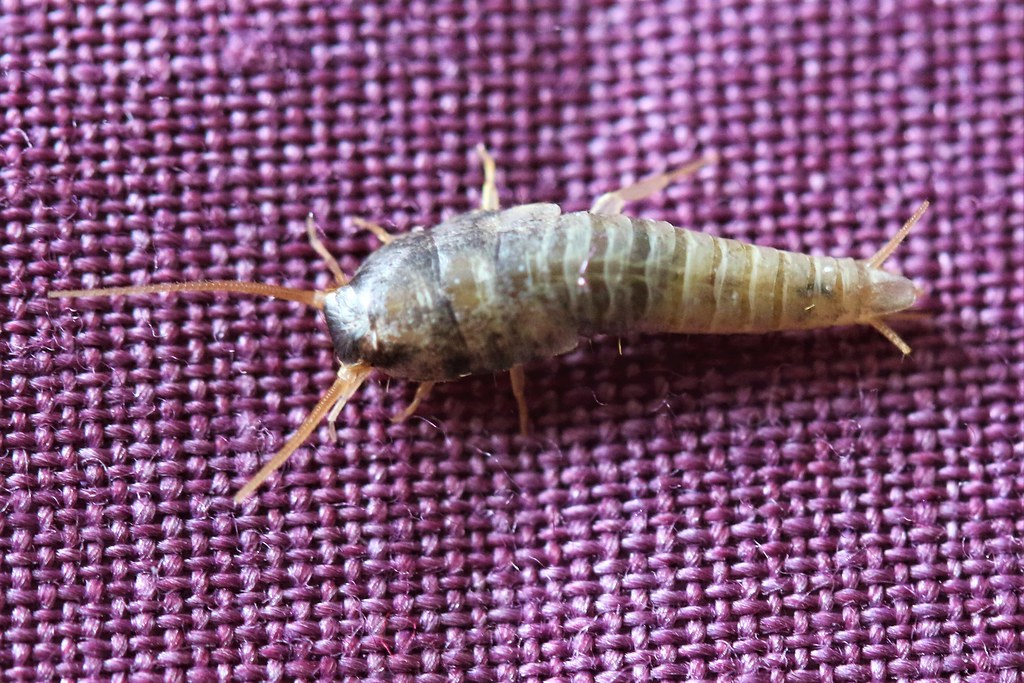
Cold months trigger what scientists call “feast mode” behavior in silverfish, where their dietary habits become more aggressive and opportunistic. These insects normally sustain themselves on a diet of dead skin cells, paper, textiles, and various organic materials, but winter conditions force them to expand their culinary horizons significantly. They become less picky and more willing to venture into risky areas where food sources might be available.
During colder months, silverfish are more likely to target stored clothing, books, wallpaper, and even certain types of synthetic materials they might normally avoid. This behavioral shift explains why winter often brings the first signs of silverfish damage to household items. They’re not becoming more destructive by choice – they’re simply becoming more desperate and opportunistic.
The reduced availability of their preferred food sources during winter also means silverfish must travel further and take greater risks to find sustenance. This increased movement naturally leads to more human-silverfish encounters, creating the illusion that their population has suddenly exploded.
Breeding Season Surprises
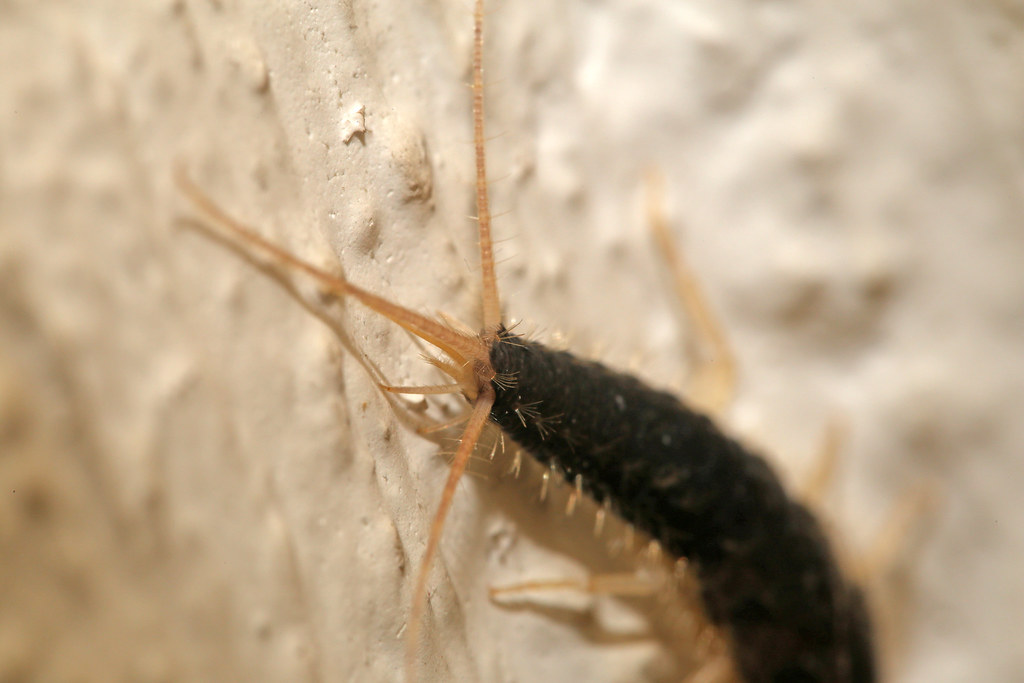
Contrary to popular belief, silverfish don’t actually breed more during cold months – they just become more visible while engaging in their complex mating rituals. These insects have one of the most fascinating reproductive behaviors in the insect world, involving elaborate courtship dances and the strategic placement of sperm packets that females must find and collect.
Winter heating systems create the stable temperature conditions that silverfish prefer for reproduction, which can lead to increased mating activity in areas where humans are more likely to witness these behaviors. The combination of warmth, humidity, and shelter makes heated homes ideal breeding grounds, even though the actual reproductive process might be happening year-round.
The visibility of silverfish during cold months often coincides with the emergence of newly hatched juveniles, which are smaller, faster, and more likely to be spotted during daylight hours. This creates a perfect storm of silverfish sightings that can make winter infestations seem more severe than they actually are.
Architectural Advantages in Cold Weather
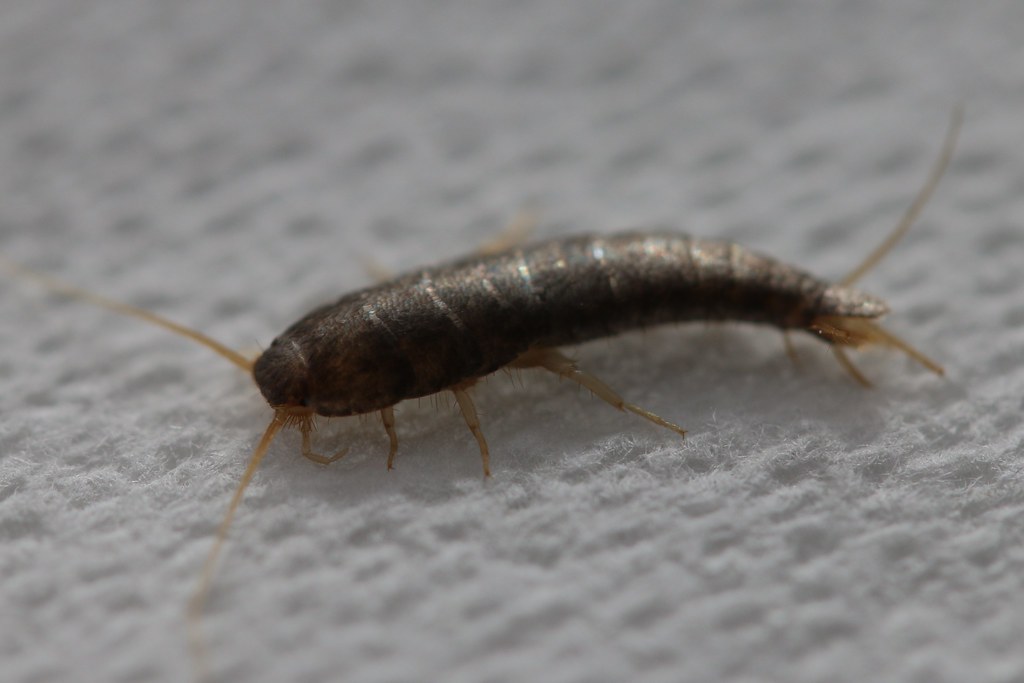
Your home’s winter behavior patterns create unexpected advantages for silverfish navigation and survival. As heating systems cycle on and off, they create air currents and temperature differentials that these insects can ride like invisible elevators throughout your house. Silverfish are remarkably adept at using these thermal currents to move efficiently between floors and rooms.
The way modern homes are sealed for energy efficiency during winter months actually works in silverfish favor, trapping them inside while providing stable environmental conditions. Unlike outdoor insects that must deal with harsh weather, silverfish enjoy a protected ecosystem where their only challenges are finding food, water, and avoiding human detection.
Winter also brings changes in human behavior that silverfish can exploit – we spend more time indoors, leave lights on longer, and create more opportunities for these insects to observe and adapt to our routines. They’re essentially learning our winter habits and adjusting their own behavior accordingly.
The Darkness Advantage
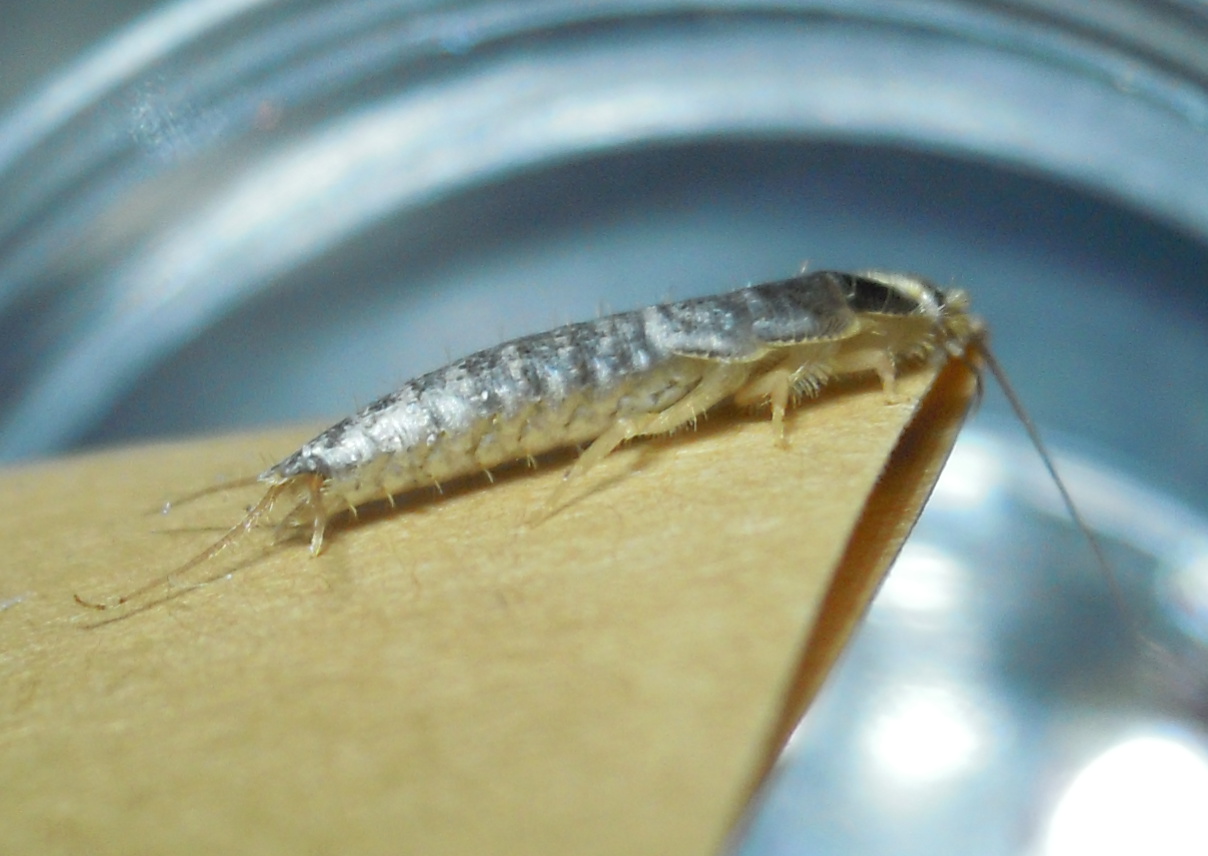
Cold months bring longer nights and reduced daylight hours, creating extended periods of darkness that silverfish absolutely thrive in. These insects are naturally photophobic, meaning they actively avoid light and become most active during dark periods. Winter’s extended darkness gives them significantly more time to hunt, explore, and navigate your home without the risk of light exposure.
The combination of artificial lighting and natural darkness during winter months creates a complex light-and-shadow landscape that silverfish have learned to exploit masterfully. They use the predictable patterns of indoor lighting to time their activities, often becoming more bold in their movements because they have more dark hours to work with.
Winter darkness also affects human behavior in ways that benefit silverfish – we’re less likely to notice subtle movements in our peripheral vision, we spend more time in well-lit areas while leaving other parts of our homes in darkness, and we’re generally less observant of small creatures during the shorter days.
Survival Instincts Gone Wild
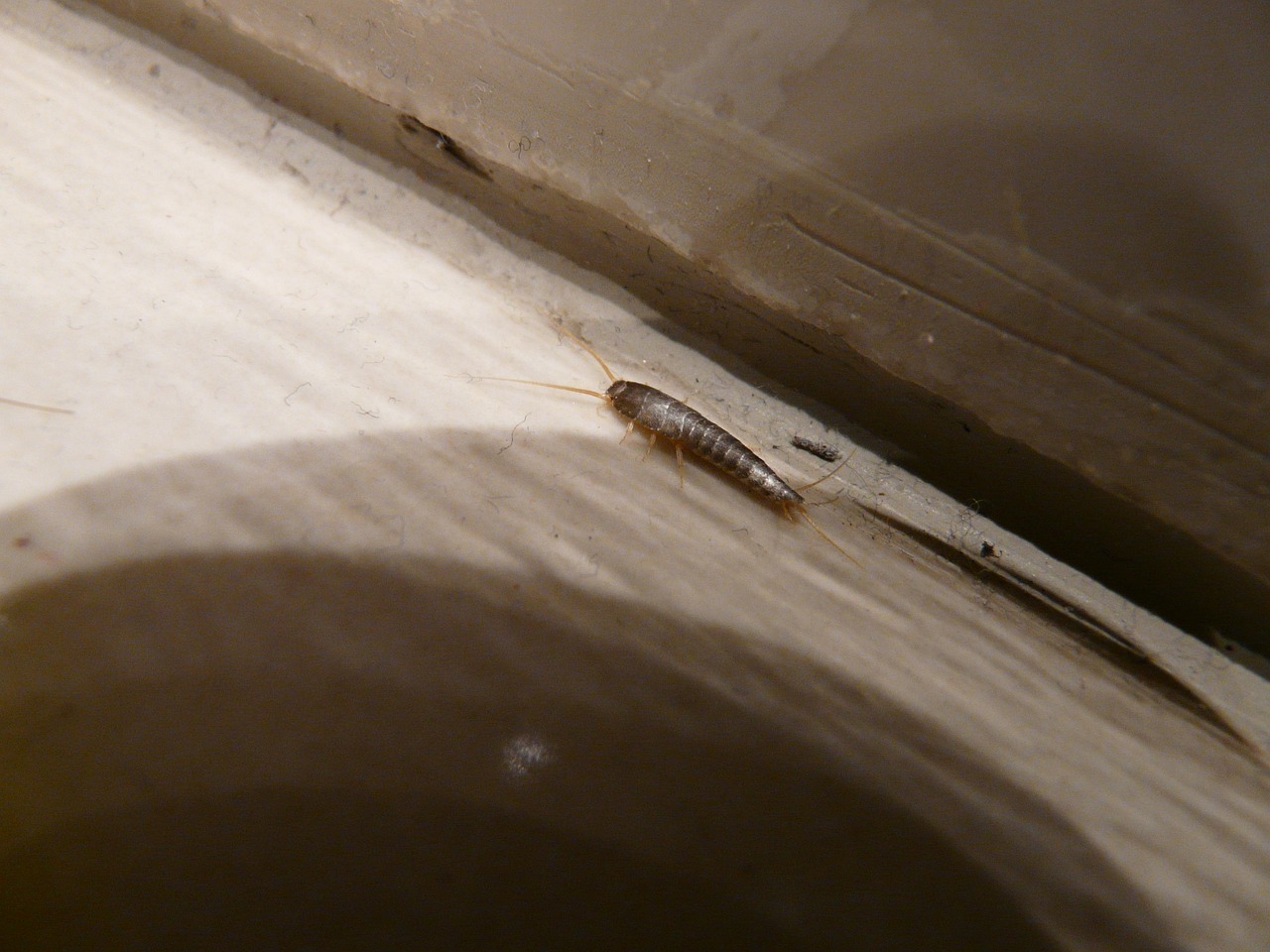
The harsh reality of winter triggers ancient survival programming in silverfish that can override their normally cautious behavior. These insects have evolved sophisticated risk-assessment abilities, but cold weather stress can push them to take chances they would normally avoid. This explains why you might suddenly find silverfish in unexpected locations like your kitchen counter or living room – they’re not being reckless, they’re being desperate.
Cold-weather stress also affects silverfish metabolism and energy expenditure, forcing them to become more efficient in their movements while also requiring more frequent feeding. This metabolic shift creates a perfect storm of increased activity and decreased caution that makes winter encounters more likely.
The survival instinct that drives silverfish during cold months is remarkably similar to what many animals experience – they’re essentially preparing for what their genetic programming tells them could be a life-threatening situation, even though they’re safely inside your heated home.
The Hidden Population Explosion
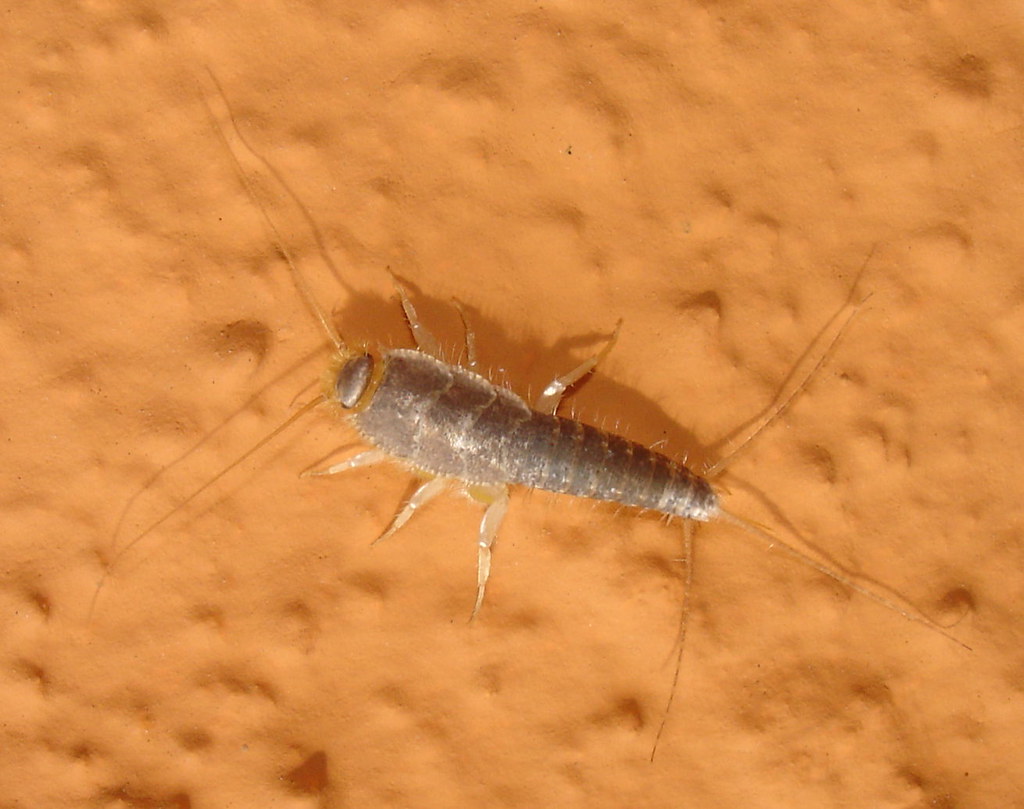
What many homeowners don’t realize is that silverfish populations can grow significantly during the warm months while remaining completely invisible to human residents. These insects are incredibly efficient at reproduction when conditions are favorable, and a small spring population can become a substantial colony by the time winter arrives. The sudden visibility of silverfish during cold months often represents the first time homeowners become aware of an established population.
The shock of discovering silverfish in winter isn’t usually about a new infestation – it’s about finally seeing evidence of an existing population that has been thriving undetected. Think of it as finally turning on the lights in a room that’s been occupied all along.
This hidden population growth explains why silverfish problems can seem to appear overnight during the first cold snap. The insects were always there, but winter conditions force them into the open where they become impossible to ignore.
Chemical Trails and Winter Communication

Silverfish use sophisticated chemical communication systems that become more concentrated and noticeable during winter months. These insects leave pheromone trails that help them navigate, find food sources, and locate potential mates. Cold weather and reduced ventilation in sealed homes means these chemical signals become stronger and more persistent.
The fascinating aspect of silverfish chemical communication is that winter conditions can actually amplify their ability to follow scent trails and coordinate their activities. This improved communication can lead to what appears to be organized silverfish behavior, where multiple insects seem to appear in the same areas at the same time.
Understanding these chemical communication patterns helps explain why silverfish problems often seem to escalate quickly during winter months – they’re not just randomly appearing, they’re following established chemical highways that have become more pronounced in the closed environment of a heated home.
Predator Avoidance in Protected Spaces
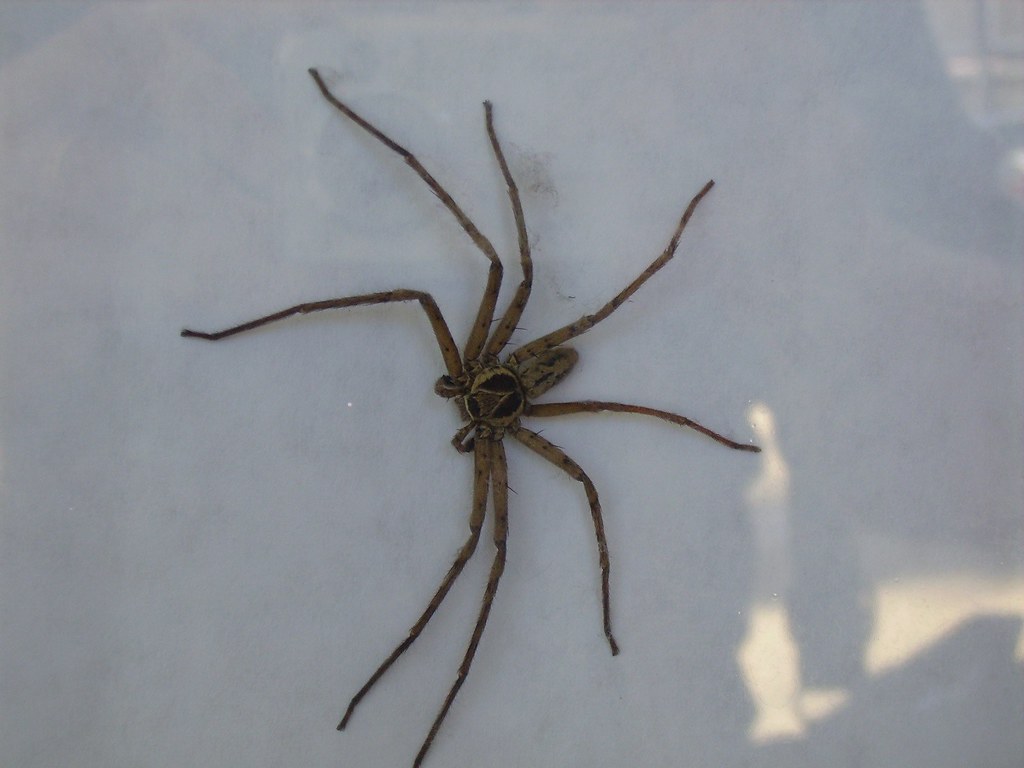
Winter brings an interesting shift in the predator-prey dynamics that normally keep silverfish populations in check. Many of their natural predators – including spiders, centipedes, and certain beetles – become less active during cold months or retreat to areas where they’re less likely to encounter silverfish. This reduced predation pressure allows silverfish to become more bold and visible in their movements.
The protected environment of a heated home also means that silverfish don’t have to worry about the outdoor predators that would normally limit their population growth. Birds, reptiles, and amphibians that might consume silverfish during warmer months are no longer a factor, creating a safer environment for these insects to thrive.
This predator-free zone effect explains why silverfish can seem to multiply rapidly during winter months – they’re not actually reproducing faster, they’re just surviving at higher rates due to reduced predation pressure.
Energy Conservation and Movement Patterns
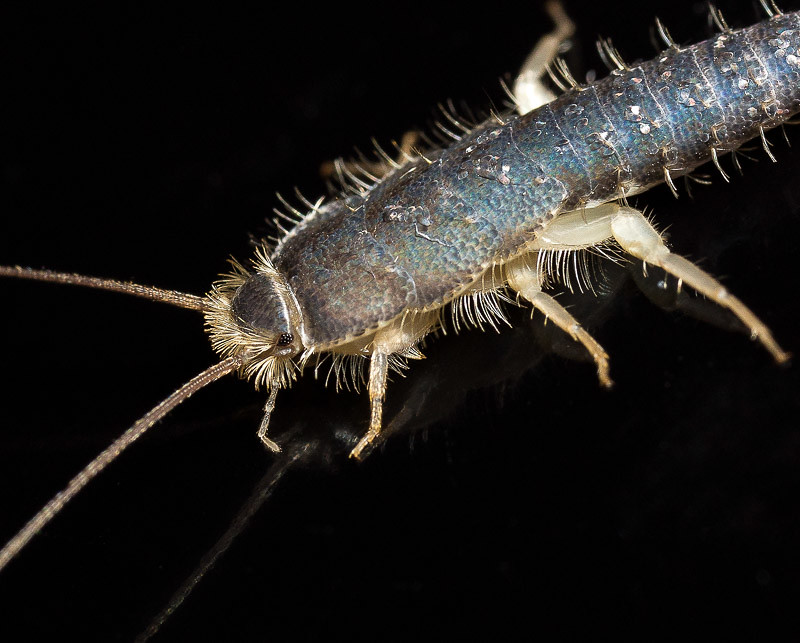
Cold weather triggers energy conservation behaviors in silverfish that paradoxically make them more visible to humans. These insects become more selective about their movement patterns, choosing to travel along specific routes that offer the best combination of warmth, humidity, and food sources. This concentrated movement creates “silverfish highways” that increase the likelihood of human encounters.
The energy-saving strategies that silverfish employ during winter months include longer periods of rest in optimal microclimates, followed by intense bursts of activity when conditions are favorable. This stop-and-go behavior pattern can make them seem more abundant than they actually are, because multiple sightings might represent the same insects moving through their established routes.
Understanding these energy conservation patterns helps explain why silverfish sightings often seem to follow predictable timing – they’re not randomly appearing, they’re following efficient movement schedules that maximize their survival chances while minimizing energy expenditure.
The Psychological Winter Effect
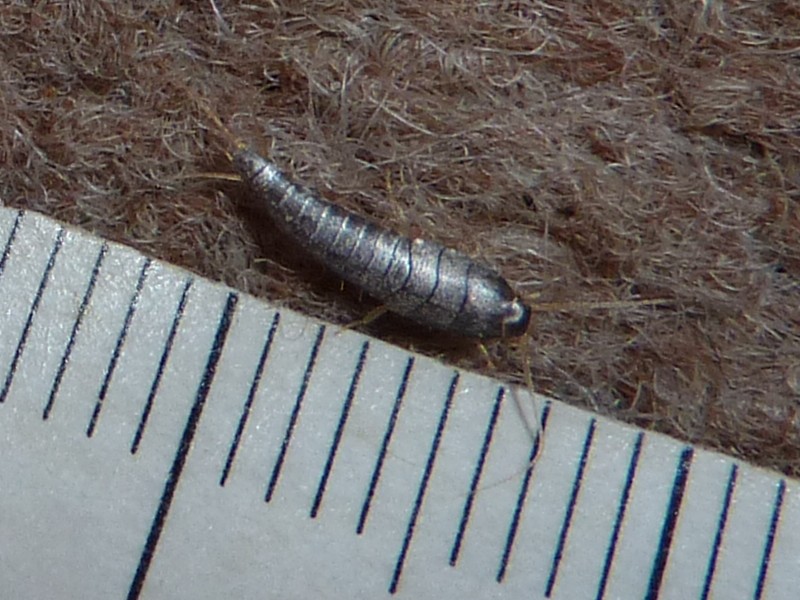
There’s a fascinating psychological component to why people notice silverfish more during cold months that goes beyond the insects’ actual behavior changes. Winter months bring increased indoor time, more attention to home environments, and heightened awareness of anything unusual or out of place. This creates perfect conditions for spotting creatures that might otherwise go unnoticed.
The contrast between the stark outdoor winter landscape and the warm, controlled indoor environment makes any movement or unusual sight more noticeable. Our brains are naturally wired to detect changes in familiar environments, and silverfish become more obvious against the backdrop of our winter-focused indoor lives.
Cold weather also affects human behavior in ways that increase silverfish encounters – we’re more likely to investigate strange sounds, we spend more time in rooms we might normally avoid, and we’re generally more observant of our indoor spaces during the months when we’re essentially trapped inside with these creatures.
Climate Control and Modern Homes
Modern heating and cooling systems create artificial environments that silverfish have learned to exploit with remarkable efficiency. The complex network of ducts, vents, and climate-controlled spaces in contemporary homes provides these insects with superhighways for movement and perfect microclimates for survival. Winter heating systems essentially create a silverfish paradise with multiple zones of optimal temperature and humidity.
The way modern homes manage moisture during winter months – through humidifiers, dehumidifiers, and various water sources – creates a dynamic environment that silverfish must constantly navigate. They become expert at reading the subtle signs of these moisture fluctuations and adjusting their behavior accordingly.
This adaptation to modern home systems explains why silverfish problems can vary dramatically between different types of buildings and heating systems. They’re not just surviving in our homes – they’re thriving by exploiting the very systems we’ve designed for our own comfort.
Breaking the Winter Silverfish Cycle

The key to understanding silverfish behavior during cold months lies in recognizing that these creatures are responding to environmental pressures in predictable ways. Their increased visibility isn’t random – it’s a direct result of the survival strategies they’ve developed over millions of years of evolution. By understanding these patterns, homeowners can better predict and manage silverfish encounters.
The most effective approach to dealing with winter silverfish involves addressing the root environmental factors that drive their behavior, rather than simply trying to eliminate the insects themselves. This means managing humidity levels, sealing entry points, and creating less favorable conditions for their survival and reproduction.
Winter silverfish activity serves as a valuable indicator of your home’s environmental conditions and can actually help you identify potential issues with moisture control, insulation, and pest management. Rather than viewing these insects as purely problematic, they can be seen as tiny environmental monitors that alert you to conditions that might need attention.
The truth about silverfish and cold weather reveals a complex relationship between these ancient insects and the modern environments we’ve created. They’re not invading our homes during winter – they’re simply responding to the environmental cues that have guided their survival for millions of years. Understanding this relationship helps us appreciate the remarkable adaptability of these creatures while also giving us the knowledge we need to manage our shared living spaces more effectively. What other hidden relationships between wildlife and our indoor environments might we be overlooking in our daily lives?

